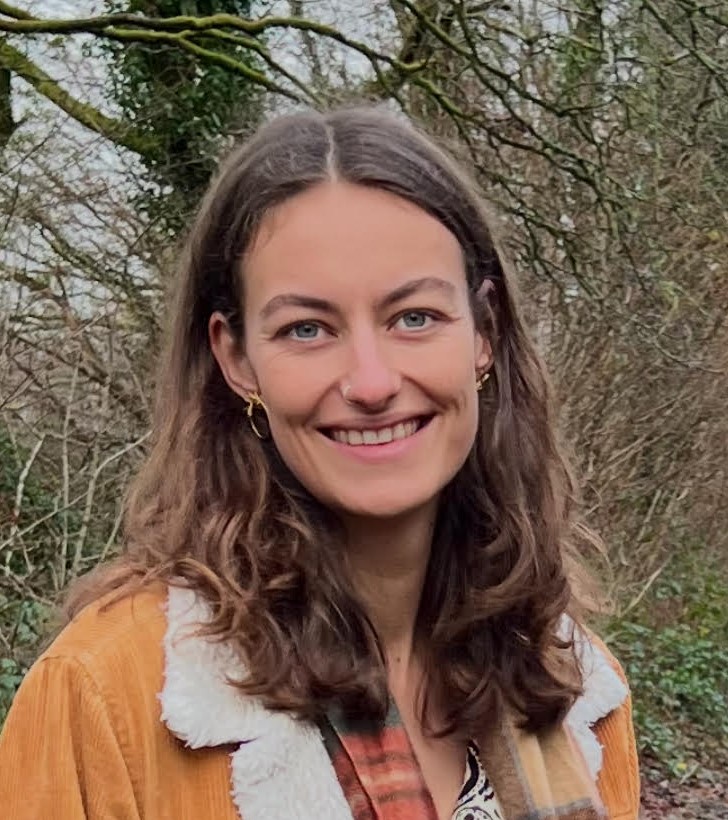

Oct 2025

Abstract:
Large-scale spatial patterns in species and ecosystem distributions reflect fundamental ecological and evolutionary processes, and are critical in understanding how biodiversity responds to environmental change. The mesophotic and deep sea remain among the least explored environments of the ocean, particularly in the Red Sea, where strong environmental gradients and unique oceanographic conditions give rise to distinctive benthic communities. This study revealed consistent patterns of depth zonation throughout the basin, including a pronounced biological turnover at 140 m, paralleling patterns reported from the Mediterranean and Hawaii. High-resolution data provided the necessary tools for accurate habitat suitability modelling of coral habitats, indicating widespread distribution of deep coral frameworks. Further, we generated models that estimated the distribution of corals across the whole Red Sea basin, under both current and projected future environmental conditions. These models revealed different patterns of potential habitat loss and gain, suggesting differing physiological responses to changing climates. The findings of this thesis advance our understanding of spatial structuring in the mesophotic and deep Red Sea, demonstrating how spatial ecology can inform conservation strategies even under rapid environmental change.
Bio:
Megan Nolan is a PhD candidate in the Habitat and Benthic Biodiversity (HaBB) Lab. Her background focuses on modelling and understanding the potential distributions of species and communities, with the ultimate goal of informing both conservation and restoration strategies.